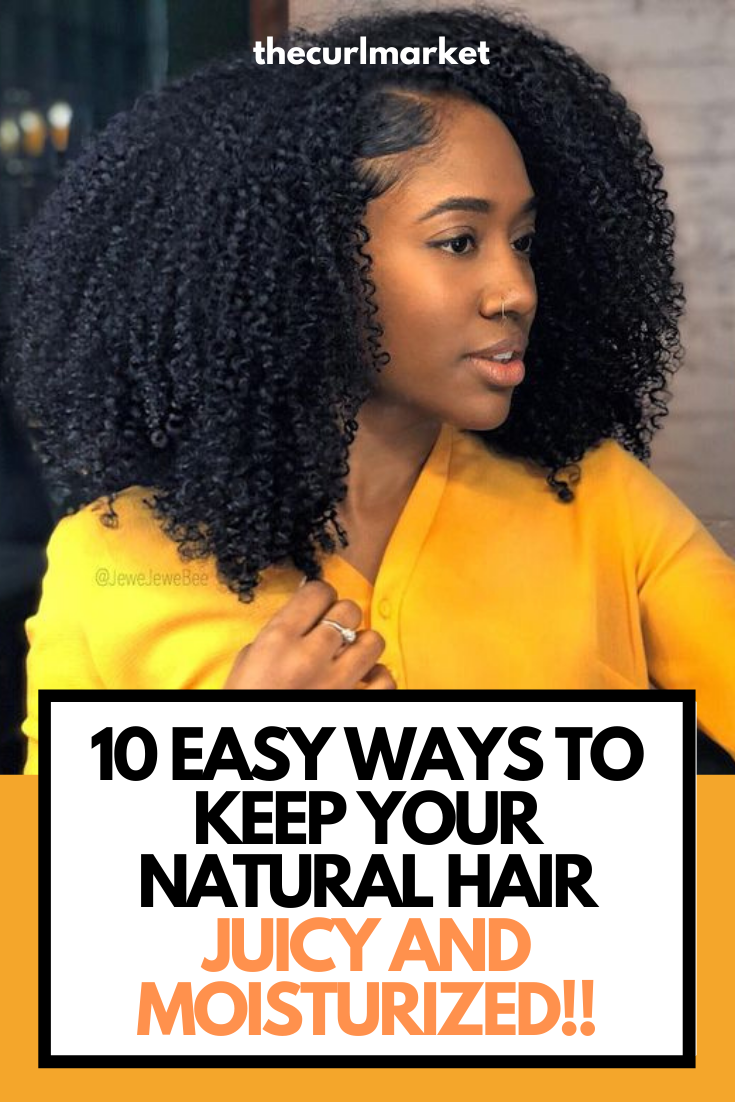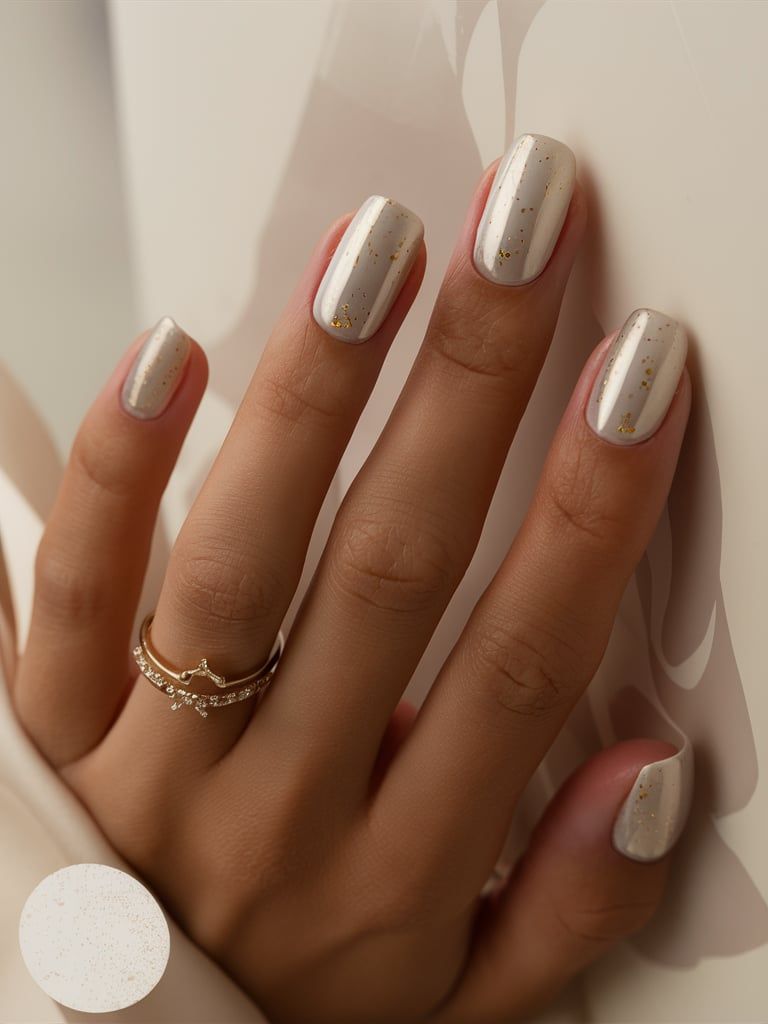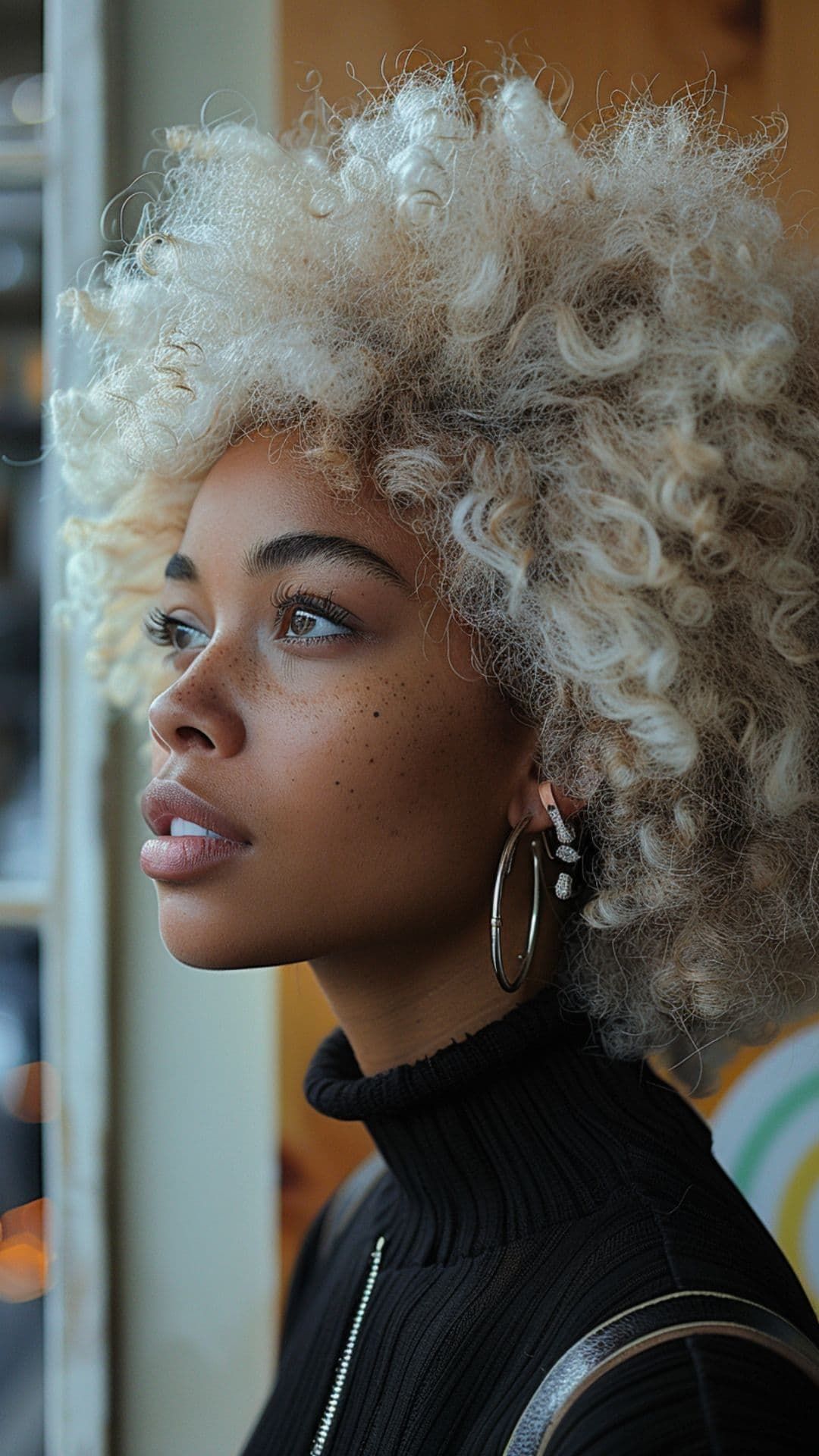Understanding Your Hair Type
Before diving into the science of moisturizing natural hair, it’s important to understand your specific hair type. There are generally four types of natural hair: type 2 (wavy), type 3 (curly), type 4 (coily), and type 4a, 4b, and 4c specifically for kinky/coily hair. Each hair type has different needs and characteristics, so it’s essential to identify your specific hair type before implementing a moisturizing routine.
The Science of Moisture
Moisturizing natural hair is a science that involves understanding the hair’s structure and the role of moisture in keeping it healthy. Each hair strand is composed of three layers – the cuticle, cortex, and medulla. The cuticle is the outermost layer responsible for protecting the hair. When the cuticle is damaged or lifted, the hair is more prone to dryness and damage.
Selecting the Right Products
When it comes to moisturizing natural hair, the products you use play a crucial role. Look for moisturizing products that contain water or aloe vera as the first ingredient. These ingredients penetrate the hair shaft and provide essential moisture. Additionally, opt for products that are free of sulfates, parabens, and silicones, as these can strip the hair of its natural oils and contribute to dryness.
Moisturizing Routine
Creating a consistent moisturizing routine is key to keeping natural hair hydrated and healthy. Start by shampooing with a sulfate-free shampoo to cleanse the hair without stripping it of moisture. Follow with a deep conditioning treatment to replenish moisture and nourish the hair. Look for deep conditioners that contain ingredients like shea butter, coconut oil, or argan oil for added hydration.
Sealing in Moisture
After applying a moisturizer or leave-in conditioner, it’s important to seal in the moisture to prevent it from evaporating. Use natural oils such as jojoba oil, olive oil, or argan oil to seal the hair cuticle and lock in moisture. Focus on the ends of the hair, where dryness often occurs, and work your way up to the roots. This step is especially important for coily and kinky hair types, which tend to be more prone to dryness.
Protective Styling
Protective styling can also play a role in maintaining moisture in natural hair. Styles such as braids, twists, and buns help to protect the hair from environmental factors and reduce manipulation, which can lead to breakage and dryness. When wearing protective styles, be sure to continue moisturizing and sealing the hair regularly to prevent it from becoming dry and brittle.
Nightly Maintenance
Before going to bed, wrap your hair in a satin or silk scarf or sleep on a satin pillowcase. These materials help to reduce friction and prevent moisture loss while you sleep. Additionally, spritz your hair with a water-based moisturizer or leave-in conditioner and seal with oil to keep it hydrated throughout the night.
Hydrating from the Inside Out
Lastly, it’s essential to hydrate your natural hair from the inside out by maintaining a healthy diet and staying hydrated. Drink plenty of water and eat a balanced diet rich in essential fatty acids, vitamins, and minerals to promote healthy hair growth and moisture retention.
In conclusion, moisturizing natural hair involves understanding your hair type, selecting the right products, and establishing a consistent routine. By implementing the science of moisture and following these tips, you can keep your natural hair hydrated, healthy, and beautiful. Whether you have wavy, curly, coily, or kinky hair, maintaining moisture is essential for optimal hair health.
You can review our digital products by following us on Etsy.





